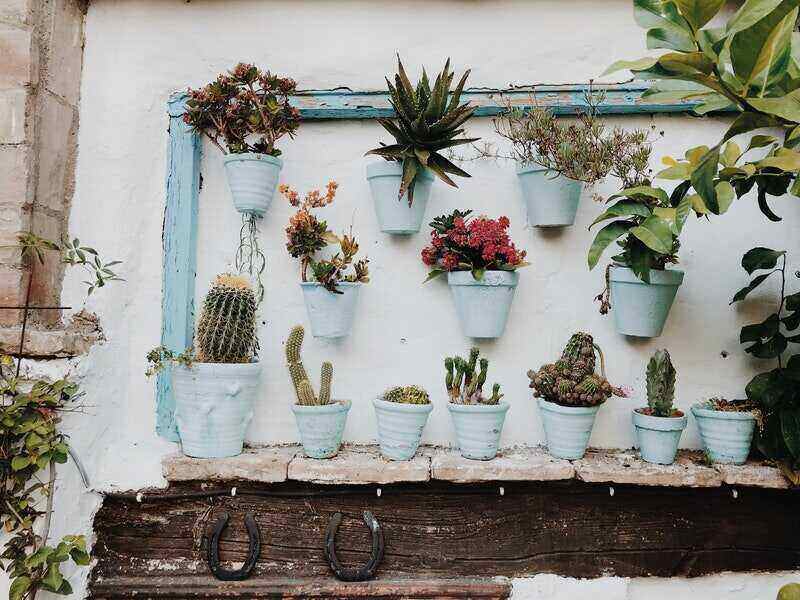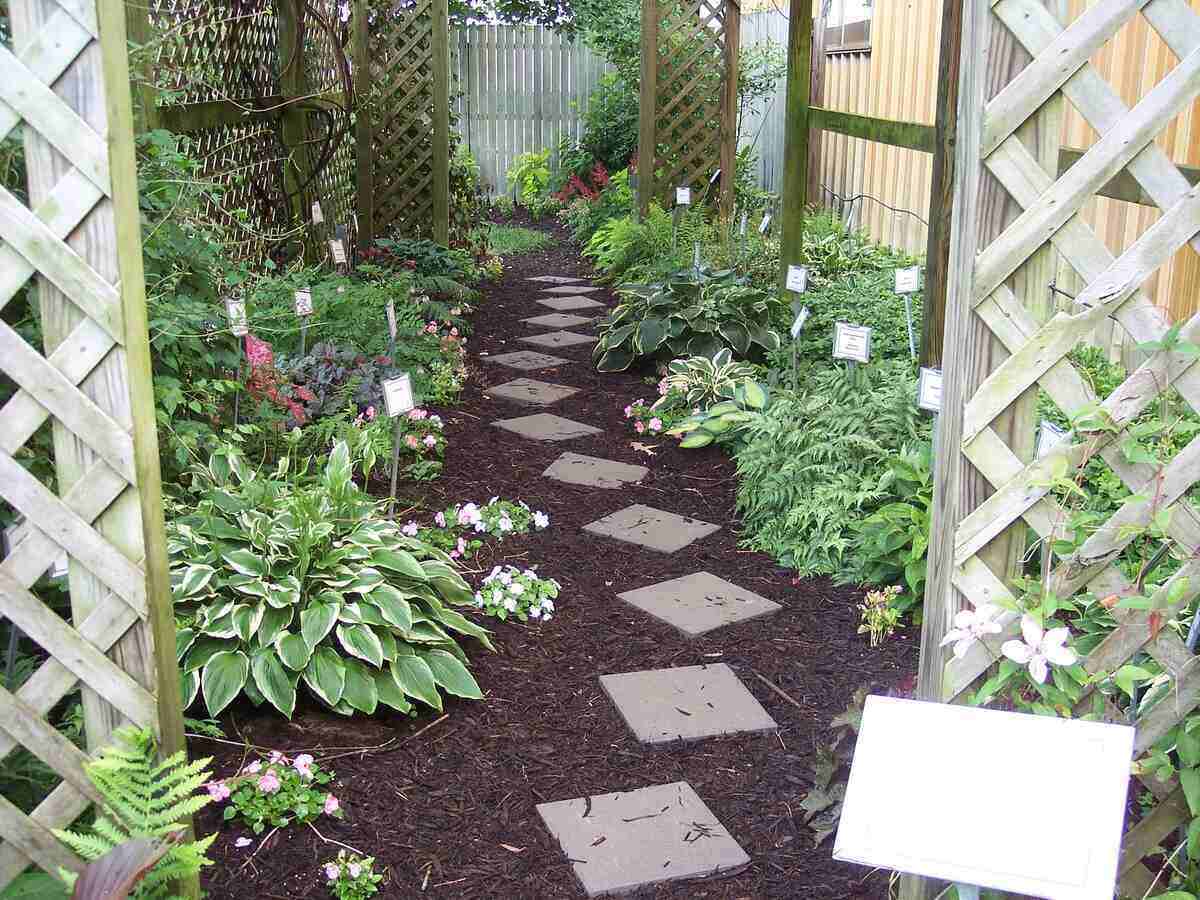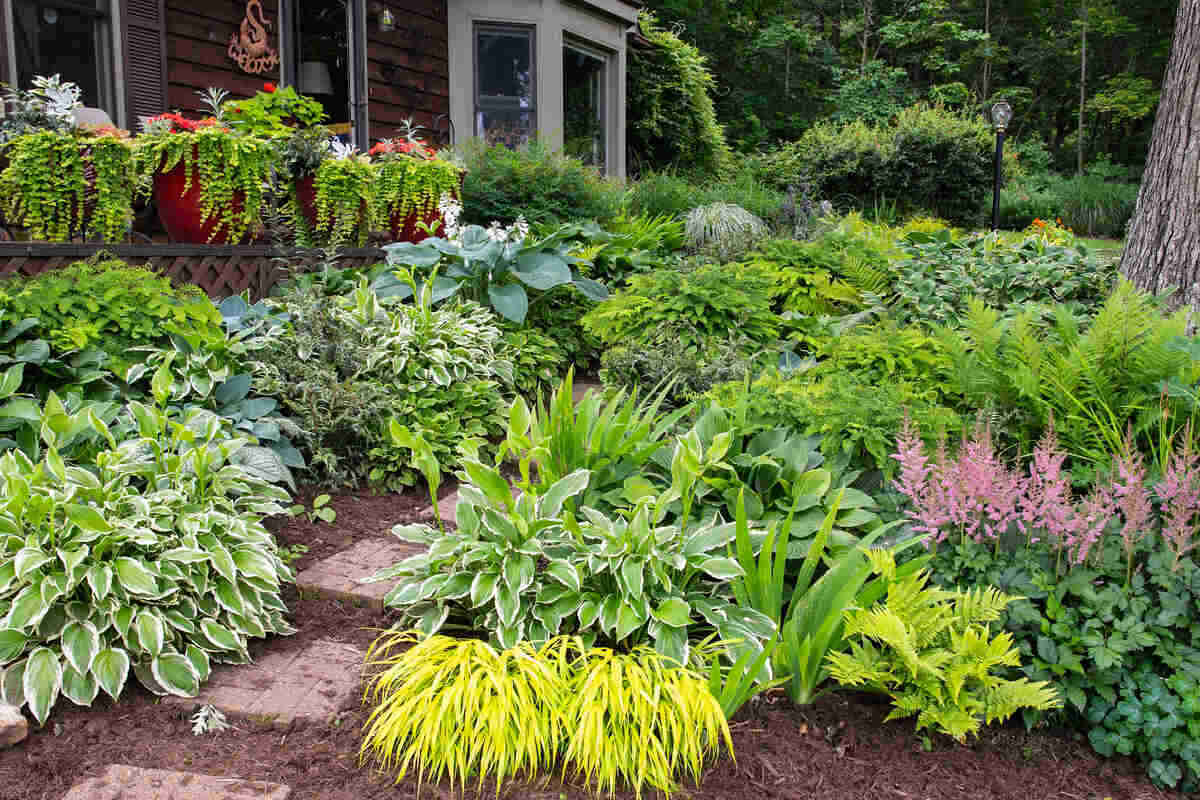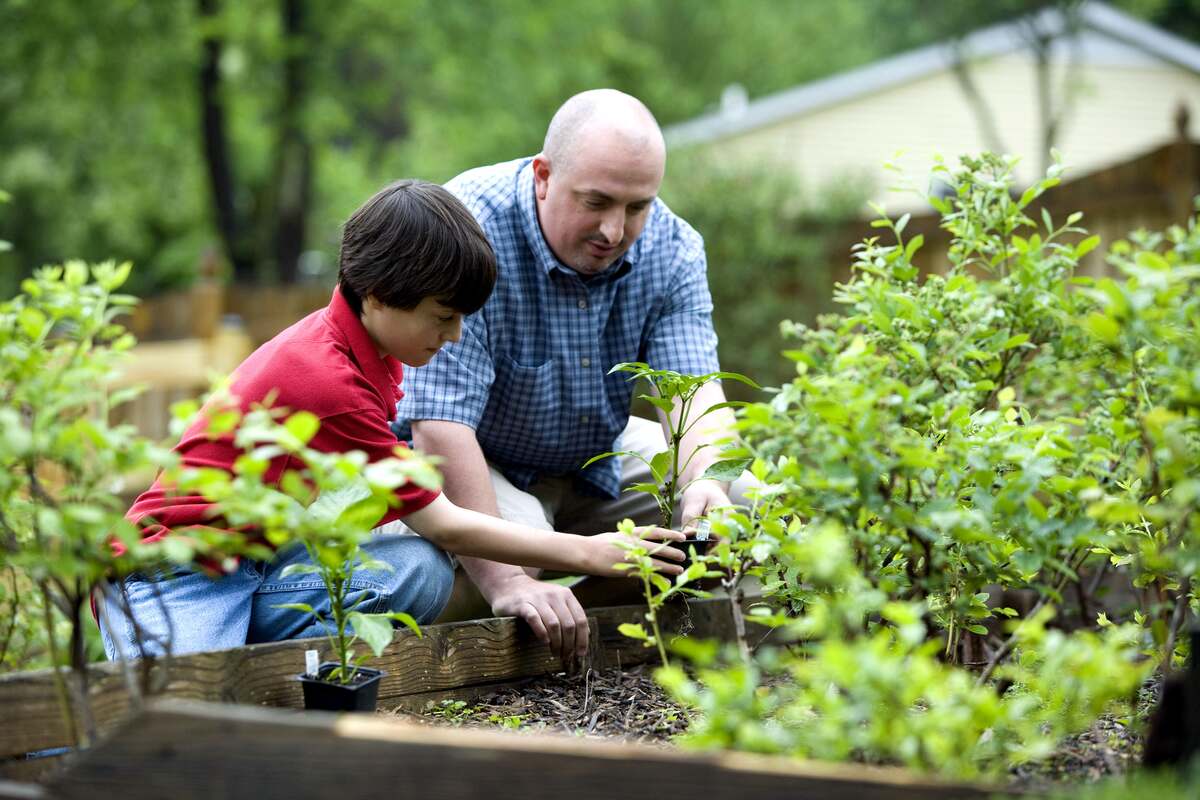
The thought of having children tag along in the garden can be intimidating. What if they grow impatient? Which plants will be the most fun for them to grow? We’ve gathered 10 tips for gardening with kids to help bring more joy and less stress to this new outdoor adventure.
From starting small to journaling about new sprouts, these tips will help you and your little gardeners build happy memories in the backyard. And bonus points: This article also provides a few kid-friendly garden ideas to help you get started.
10 Tips for Gardening with Kids
Ready to get started with your adventure of gardening with kids? These tips will help point you in the right direction.
1. Start Small
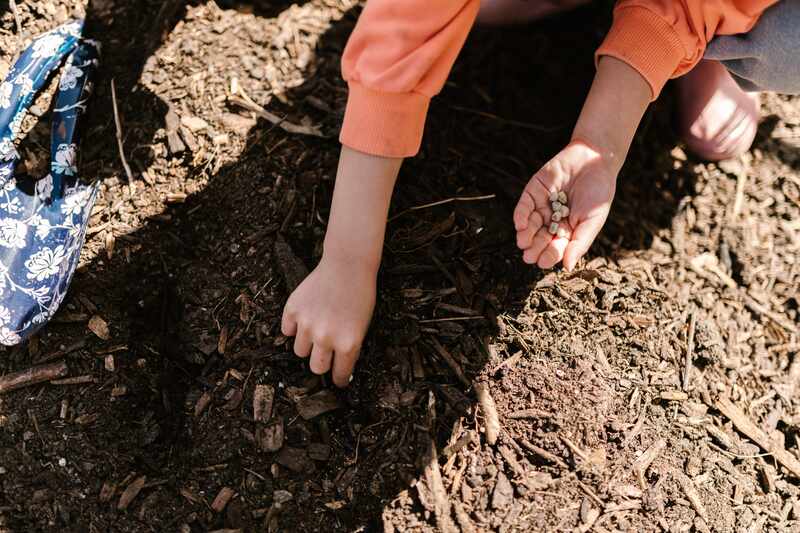
Whether you’re starting a new garden or introducing the kids to an established garden, it’s best to start small. Starting too big may prove overwhelming.
If you’re including your kids in your established garden, give them a small area that is theirs, not the entire garden. As you learn together, their garden area can continue to grow.
2. Mark the Plants
When you and the kids have planted seeds, it’s easy to forget what’s in a fruit or vegetable garden. Get the kids involved in marking the plants. Depending on your space, popsicle sticks or rocks can work for plant markers. You could have the kids write, draw, or paint to distinguish which plant is where.
3. Check on Your Garden Often
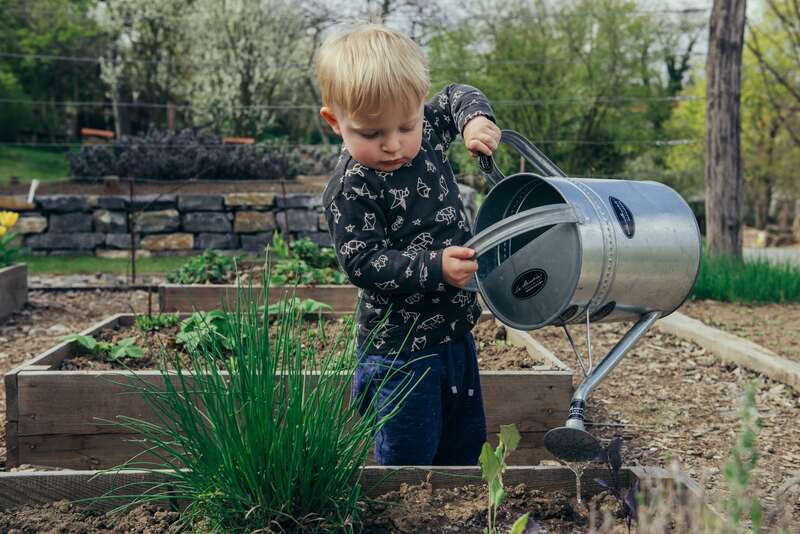
Kids will likely love to check on the garden at least once daily, if not more. Enjoy your kids’ reactions and happiness when they see the seeds sprout. There’s something magical about watching their eyes light up when they see it. It won’t matter if it’s the first time or the hundredth time; their eyes will still light up each and every time a new tiny seed begins to sprout, or a fruit or vegetable grows big.
4. Remember, Have Realistic Expectations
Even though it’s good to check the garden often, there might be days that the kids don’t want to water the plants or check for new growth–– that’s OK!
Kids will be kids sometimes and might not want to stop playing with their legos to check on the garden. Don’t get discouraged if they don’t want to visit that day. Ask again the next day. After all, you might enjoy the alone time as you water and check on the plants.
5. Choose Plants Accordingly
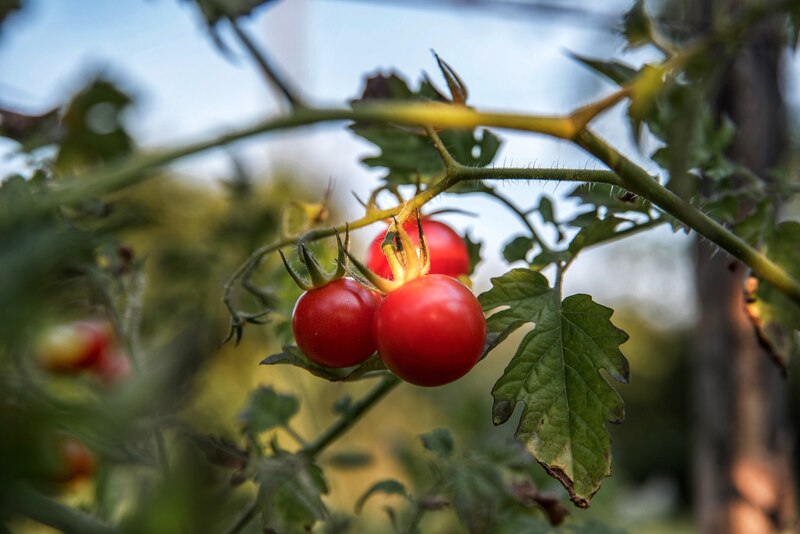
Kids want to see the results of their hard work, so setting up your garden for success is an essential step to having an enjoyable time gardening with your kids. You can contribute by choosing plants that grow well in your area. Also, consider the growing season and climate of your area.
Tip: Use the USDA Plant Hardiness Zone map to determine your growing zone. And check out your local county extension office for information about the temperature planting schedule.
Consider your kids’ interests–– plant it if you know they love a particular flower! Or on the other hand, if you know your entire household despises radishes, it’s best to forgo that one.
If you planted a fruit or vegetable in the garden, don’t forget to eat and enjoy it. That’s probably the best part of gardening.
Tip: Tomato plants are usually pretty easy to grow and care for. If your household enjoys tomatoes, they’re a good starting point. Pumpkins are also an easy-to-grow plant that can make for an extra fun activity come fall. How cool would it be for kids to say they grew the pumpkin they’re carving for Halloween?
6. Journal About It
Some kids, especially older kids, love to draw or write about what they saw each day after checking the garden. It can be a fun way for kids to reflect and see how they grow with their writing and drawing skills over the years.
Don’t stress if your kids don’t want to journal after checking on the garden. Let them journal about it on their terms so it’s more enjoyable for them.
7. Embrace the Learning Opportunities
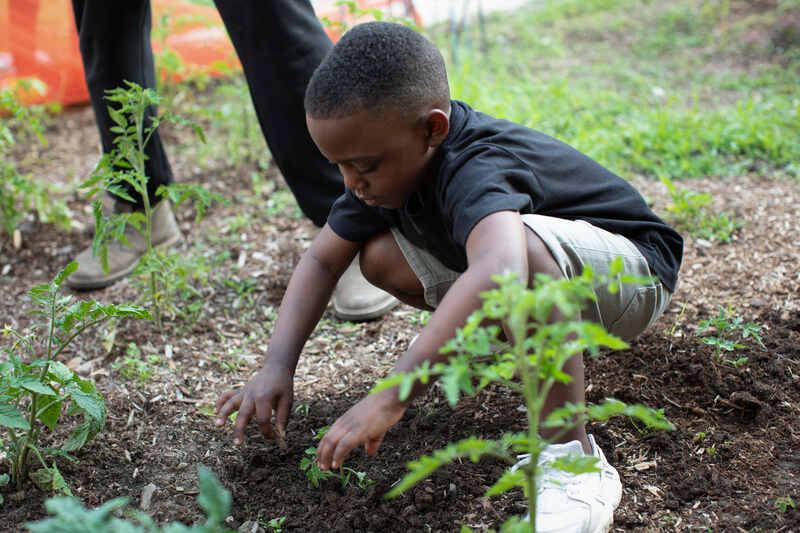
Kids always have an abundance of questions when trying something new, and gardening with them is no different. Gardening brings big and small learning opportunities to teach kids, so embrace each one. The conversations could branch from the process plants go through to what type of worms you see.
8. Have Necessary Garden Tools
Equip yourself with some necessary garden tools when you garden with kids. Some essential gardening tools needed:
- Watering can or hose
- Gardening gloves
- Shovel
- Handheld rake
- Pots or containers (if you’re using them)
Tip: Kids love to have a small set of gardening tools that’s smaller and easier for them to handle.
9. Give Tours
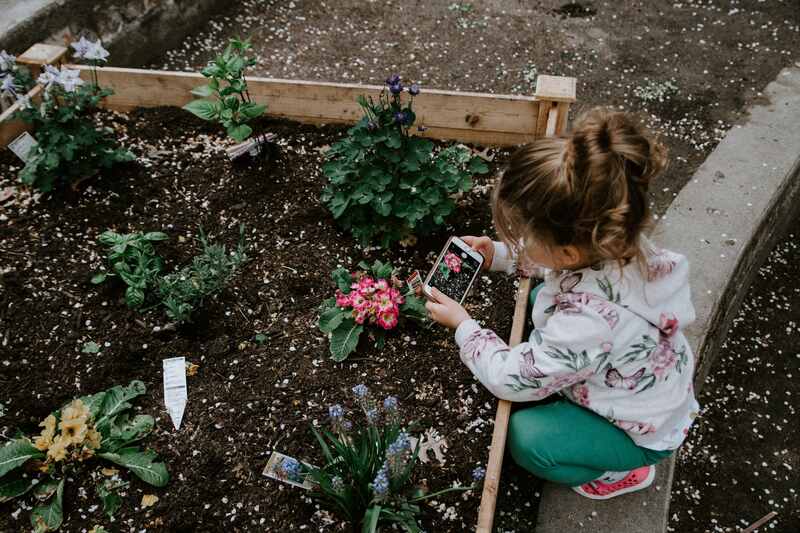
Kids will be delighted to show off their hard work in the garden when friends and family visit. Let them give tours of the garden and tell everything about each plant. Don’t forget to run a quick rehearsal before the relatives arrive!
10. Have a Backup Plan
In case the garden plans go awry, have a backup plan. There are plenty of other fun ideas for garden crafts and outdoor activities that could transpire. Here are some possible backup plan ideas:
- Make a scarecrow
- Paint rocks
- Make a birdfeeder
- Build an outdoor mud pie after a rainstorm
Don’t forget, you could always try again next year for a garden.
Kid-Friendly Garden Ideas
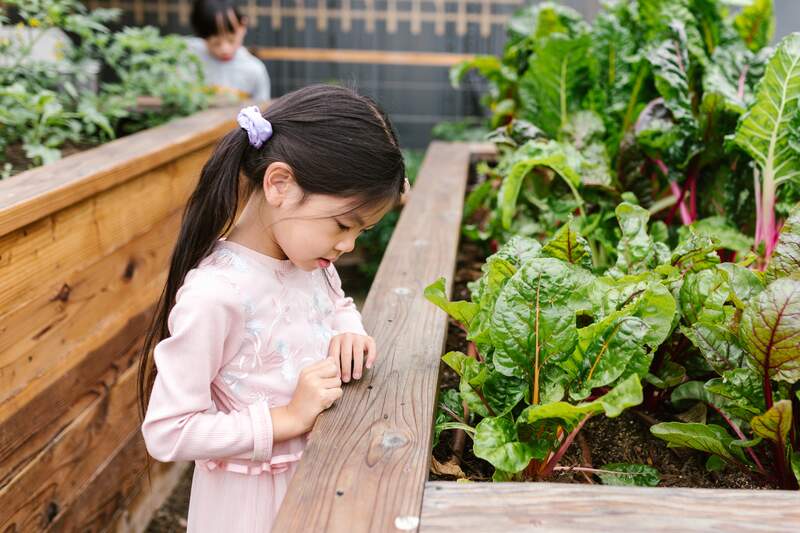
Whether you want a small garden that lives on the windowsill or an entire backyard garden space, we’ve got some kid-friendly garden ideas to get you started.
Container Gardening
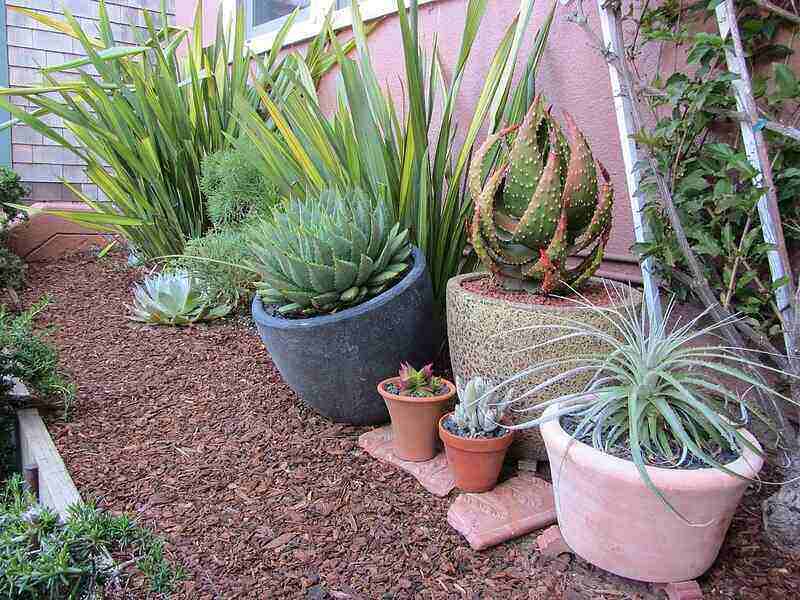
Container gardening is meant to be compact, portable, and kept in a pot or container. It can include:
- Potted flowers
- Potted fruits
- Potted veggies
- Fairy garden: Kids might especially like the creativity of a fairy garden. They can paint little figurines and let their imagination run wild.
Container gardening for fruits and vegetables can also be an excellent place to begin scrap gardening. Scrap gardening is a fun way to use scraps from the kitchen.
For instance, don’t toss the base of romaine lettuce after you’ve chopped up the rest. Leave an inch or two of romaine leaves close to the base–– this will be the part you use for scrap gardening. Place the base into a small bowl of water and change the water daily and watch the romaine regrow. It won’t be as large as a store bought one but it’s still fun to watch. Additional scrap gardening ideas could include, but are not limited to:
- Potatoes
- Tomatoes
- Celery
- Onions
Fruit or Vegetable Garden
Container gardening could be the first step to your fruit and vegetable garden with your kids. If you’ve found that you and your kids enjoy gardening, you could move from container gardening to planting seeds in the ground if your space allows it. Your fruit and vegetable garden space could continue to grow each season.
Fruit and vegetable gardens provide the experience of kids learning to grow their own food, care for it, have patience in the growing process, and finally get to eat it. Who knows–– maybe your kids will finally eat their vegetables without a fight if they had a hand in the process!
Flower Garden
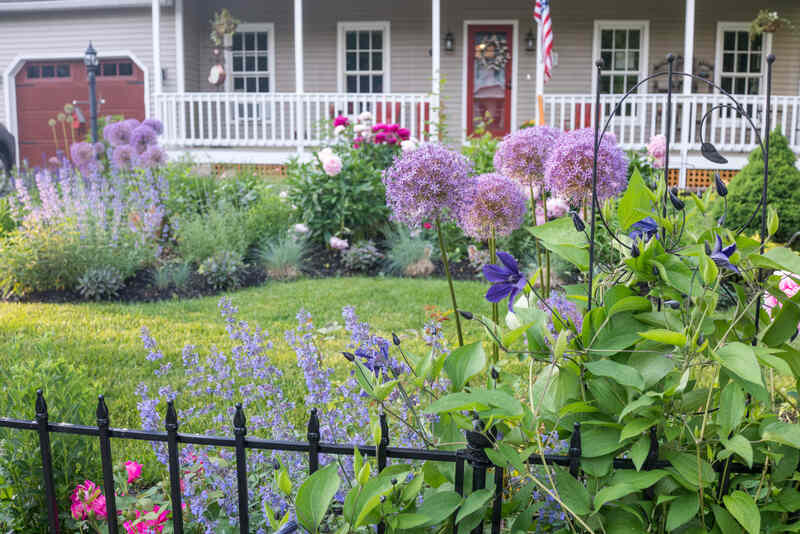
You can never go wrong with a flower garden. You can cater your flower garden to your and your kids’ likes, but here are some flower ideas to inspire you:
- Marigolds: Bright color with minimal care needed
- Sunflowers: Grow quickly and are a bright color
- Snapdragons: Could be slow-growing when started from seeds but are beautiful
Note: Some flowers are dangerous to people and pets, and you might want to avoid planting them when you grow a flower garden with your kids. Some flowers to avoid include:
- Roses
- Lily-of-the-valley
- Daffodil
- Hydrangea
When to Call a Professional
Gardening with kids is equal parts fun and tiring. There’s learning to be had and in that learning process there are some ‘don’t pull on that’ or ‘we can’t eat that yet’ conversations.
When conversations like these, digging in the garden, and the sweltering sun leave you dreading your lawn chores, connect with a local lawn care professional. Hand the mowing and trimming tasks to a pro while you unwind after gardening.
Main Image Credit: Pixnio
